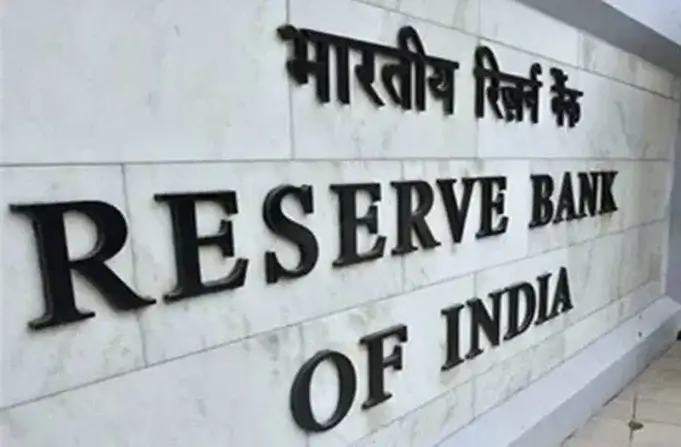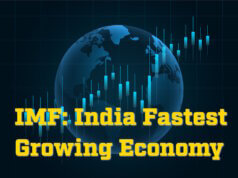Following an evaluation of the present and developing macroeconomic conditions, the Monetary Policy Committee (MPC) on 10 August 2023 made the decision to maintain the policy repo rate within the liquidity adjustment facility (LAF) at a steady rate of 6.50 percent.
Additionally, the standing deposit facility (SDF) rate will remain unchanged at 6.25 percent, while both the marginal standing facility (MSF) rate and the Bank Rate will remain at 6.75 percent.
The MPC’s focus remains on gradually withdrawing accommodation to ensure that inflation progressively aligns with the designated target, while also supporting economic growth.
These determinations are in line with the goal of achieving a medium-term target for the consumer price index (CPI) inflation, set at 4 percent with a permissible range of +/- 2 percent, all while sustaining economic expansion.
The principal reasons behind this decision are based on the following developments
Global Economy
The global economy is experiencing a deceleration, with divergent growth patterns across regions. This comes amidst inflation levels that are moderating but remaining above the intended target, tightened financial circumstances, simmering geopolitical tensions, and increasing economic fragmentation. Sovereign bond yields have strengthened. The US dollar initially fell to a 15-month low in mid-July, driven by expectations of an early conclusion to the process of monetary tightening. However, it subsequently regained some lost ground. Equity markets have gained momentum due to the anticipation of a soft landing for the worldwide economy. Several emerging market economies are facing challenges due to weak external demand, elevated debt levels, and restricted external funding conditions.
Indian Economy
The domestic economy continues to exhibit resilience. As of August 9, 2023, cumulative south-west monsoon rainfall matches the long-term average, although its distribution has been uneven. The total area cultivated with kharif crops is 0.4 percent larger compared to the same period last year, as of August 4, 2023. Industrial production, as indicated by the index of industrial production (IIP), expanded by 5.2 percent in May, while core industries output grew by 8.2 percent in June. Various high-frequency indicators, such as e-way bills and toll collections, displayed robust expansion in June-July. Rail freight and port traffic also rebounded in July after a subdued performance in June.
Urban demand remains robust, with consistent double-digit growth in domestic air passenger traffic and household credit. However, growth in passenger vehicle sales has moderated. In rural demand, tractor sales improved in June 2023, while two-wheeler sales showed a decline. Cement production and steel consumption recorded noteworthy growth. Capital goods’ import and production continued their expansion. Merchandise exports and non-oil non-gold imports remained in contraction territory in June. Services exports registered subdued growth due to sluggish external demand.
Headline CPI inflation increased from 4.3 percent in May to 4.8 percent in June. This rise was primarily driven by higher prices of vegetables, eggs, meat, fish, cereals, pulses, and spices. Meanwhile, fuel inflation softened in May-June, primarily due to decreased kerosene prices. Core inflation, which excludes food and fuel, remained stable in June.
Liquidity absorption under the LAF averaged Rs 1.8 lakh crore during June-July, compared to Rs 1.7 lakh crore in April-May. Money supply (M3) expanded by 10.6 percent year-on-year as of July 28, 2023, up from 10.1 percent on May 19, 2023. Bank credit grew by 14.7 percent year-on-year as of July 28, 2023, compared to 15.4 percent on May 19, 2023. India’s foreign exchange reserves stood at US$ 601.5 billion as of August 4, 2023.
Looking ahead, a significant uptick in vegetable prices, particularly tomatoes, is anticipated to exert notable upward pressure on near-term headline inflation. However, this surge is expected to rectify with increased market arrivals. Monsoon progress and kharif sowing improved significantly in July, though the impact of uneven rainfall distribution requires close monitoring. Crude oil prices have risen due to production cuts. Manufacturing, services, and infrastructure firms surveyed in the Reserve Bank’s enterprise surveys anticipate a decrease in input costs but an increase in output prices. Considering these factors, assuming a normal monsoon, the projected CPI inflation is 5.4 percent for 2023-24, with 6.2 percent for Q2, 5.7 percent for Q3, and 5.2 percent for Q4, balanced with even risks.
In the future, the rebound in kharif sowing and rural incomes, along with the buoyancy in services and positive consumer sentiment, should bolster household consumption. Healthy bank and corporate balance sheets, normalization of supply chains, business confidence, and robust government capital expenditure create a conducive environment for a widespread renewal of the capital expenditure cycle. Nevertheless, challenges posed by weak global demand, volatility in global financial markets, geopolitical tensions, and economic fragmentation present risks to the outlook.
Considering all these factors, the projected real GDP growth for 2023-24 is 6.5 percent, with 8.0 percent for Q1, 6.5 percent for Q2, 6.0 percent for Q3, and 5.7 percent for Q4, with risks broadly balanced.











